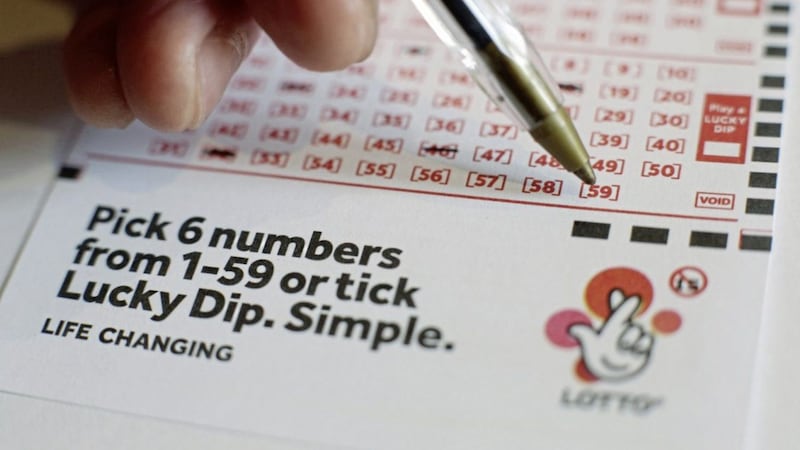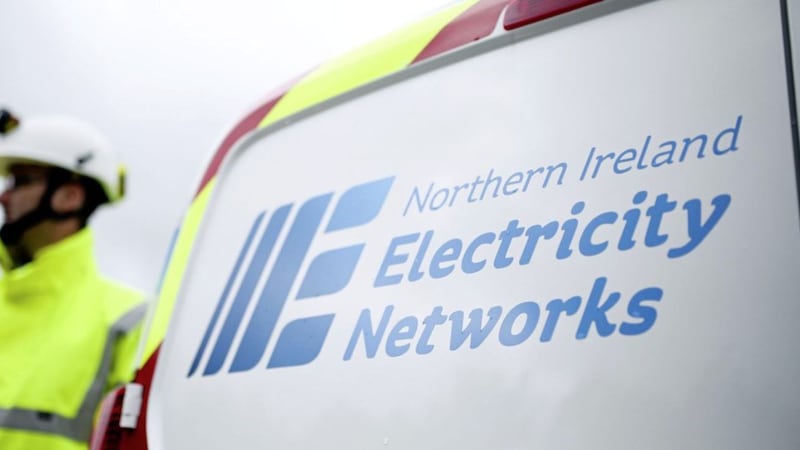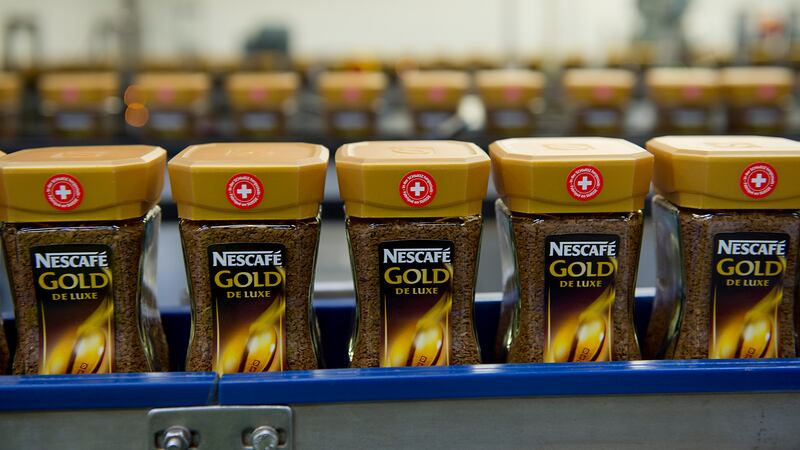DO you like to take the occasional risk – maybe a lotto ticket on a Saturday, or a wee punt on the Grand National?
Well, ‘if you’re not in, you can’t win’. Though considering that the odds of winning the lotto jackpot are one in 14 million, you’re taking a little more risk than you should with your few quid.
There are many more sensible ways that you can approach risk. You can minimise it, for instance by saving in cash, or you can heighten the risk levels of your investments, to suit what you are trying to achieve in the long term.
The rule is: “The higher the risk, the higher the potential return.”
It may be just a rule, but in the money business they see it as a natural law, familiar to investors large and small around the globe.
This month, however, this ‘law’ is the attracting more attention than ever: some new numbers from the Revenue show that savers are suddenly paying a lot more attention to it.
HMRC inform us that Isa savers, in their droves, are upping the amounts they are investing in the stock market, using the Stocks and Shares Isa.
In the last financial year 2017/18, the number of savers who opened a Stocks and Shares Isa was up by 246,000, while the number of Cash Isas fell by 697,000 over the previous year. It’s not hard to see why.
Returns from Cash Isas have disappointed for nearly 10 years now, as the Bank of England pinned its base rate of interest to the floor, at 0.5 per cent and then 0.25 per cent. (Although they have since revived it a bit, to the current 0.75 per cent).
Most of the country’s 12.7 million-plus Cash Isa savers know that the Isa provides tax-free saving, while a standard bank savings account does not – but your Personal Savings Allowance, of £1,000 a year for a basic rate taxpayer, or £500 a year for a higher rate taxpayer, means you can earn that amount of interest in your bank account this year, before paying any tax.
To get the best deal from a Cash Isa, you have to look at the fixed-rate end of the market, and lock your money in for a year or more. Currently several (Al Rayan Bank, Hodge Bank) offer 1.8 per cent with a minimum investment of £1,000 locked in for two or four years, while the best rate of 2.5 per cent with Shawbrook Bank requires a five-year lock-in and a minimum deposit of £5,000.
The amount you can save into Isas is £20,000 this year, and particularly if you are saving for the long term (ideally 10 years or more), a Stocks and Shares Isa could be the way to go.
However, our natural law does apply: for the higher potential return, you’ll be taking a little more risk compared to saving in cash, and there’s even a chance that you might get back less than you put in.
The best stock market investments will provide you with a good return, but the worst will leave a bitter taste in your mouth. We know from the investment and research company Bestinvest that 26 of the leading funds in the UK have underperformed in each of the past three years, and so it is essential, when looking at stock market investments of any kind, to work with a financial adviser, who can make sure your money is where you want it, not languishing in one of the dud funds identified by Bestinvest.
You also have to consider the question of fees. Some Stocks and Shares Isas charge based on a percentage of your savings, others charge a fixed fee for every trade you make. If you are investing more modest amounts, the percentage option may suit you, or if you are saving a larger amount, fixed fees may be the way to go.
So if you are happy to take a little risk to get away from the recent gloomy fortunes of cash savers, a well-planned Stocks and Shares Isa may be just the thing for you.
Right. Have to go now to check my lotto ticket from Saturday.
:: Michael Kennedy is an independent financial adviser and pensions specialist, and can be contacted on 028 71886005. Further information on Facebook at “Kennedy Independent Financial Advice Ltd” or website www.mkennedyfinancial.com








